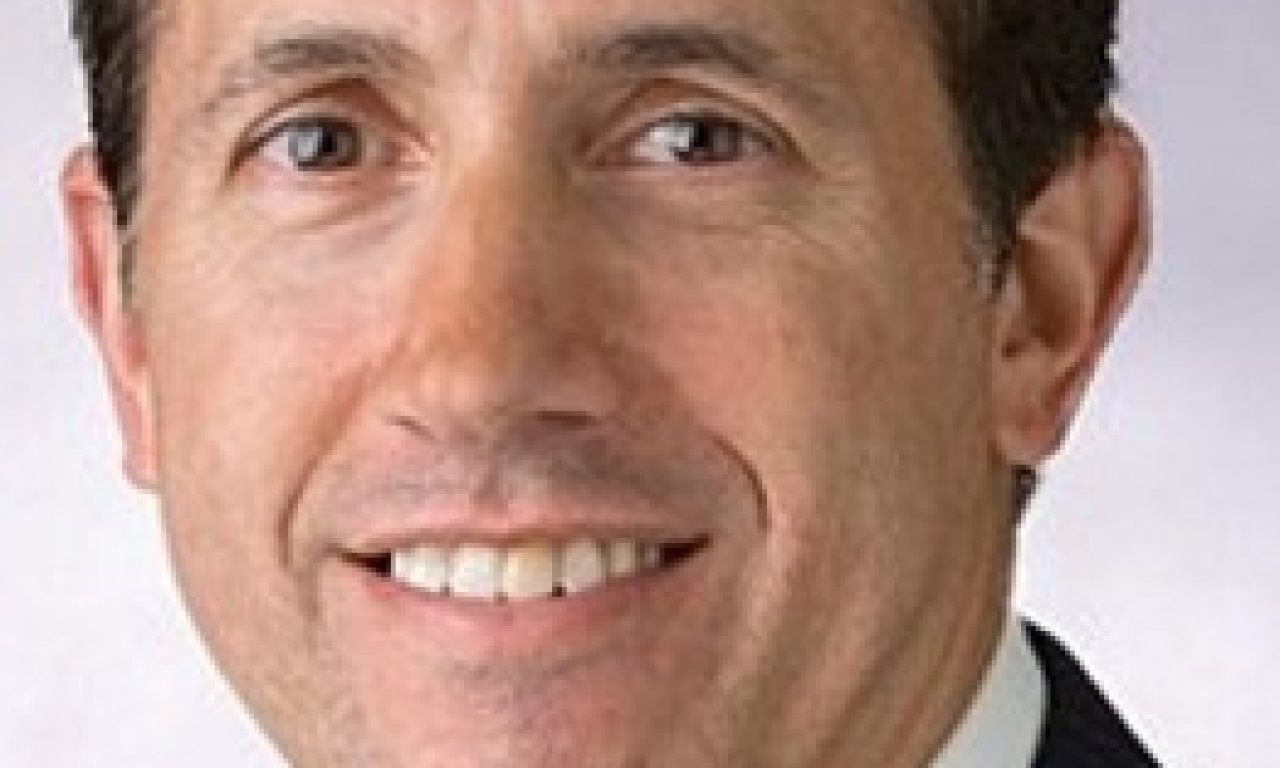(pictured: Tony Crescenzi)
Predicting global interest rates is going to be a lot easier in 2016 than it was last year. PIMCO has published a handy guide as part of its January Outlook for the US Federal Reserve. You start by assuming three more rate hikes.
Tony Crescenzi, PIMCO portfolio manager, says you adjust your expectations up or down – after starting with three rate hikes as a “baseline” – primarily based on labour market trends in the US, but by putting the jobs data in the context of incoming inflation data.
“Then consider financial conditions,” he says, “because the movement of stocks, bond yields and the value of the US dollar can all influence the US economic outlook and therefore the Fed’s decisions on interest rates.”
Crescenzi says in his January report: “The bar for moving five times in 2016 is probably a lot higher than the four that the median of policymakers project in the SEP [summary of economic projections] because the Fed has made it abundantly clear that it wishes to be cautious about normalizing its policies, saying twice in its December policy statement that it expects only ‘gradual’ increases going forward.
“For fixed income portfolios, our expectation that the Fed will move more than markets are priced for has a number of broad investment implications. That said, we believe that markets will be well anchored over the medium term by expectations for global policy rates to stay below historical norms throughout the rest of the decade.”
Some of the implications for investors are:
- In the near term, with markets underpriced for the Fed’s likely policy path, investors should consider keeping the duration of their fixed income portfolios shorter than normal to hedge against a rising rate climate.
- Being able to take advantage of any market volatility that emerges in the rate normalisation process by keeping you powder dry. Keep an eye on adding to positions in credit instruments such as non-agency mortgage-backed securities, corporate credit, bank capital and European peripherals.
- Expect continued strength in the US dollar owing to the divergence between monetary policies in the US compared with the rest of the world.

